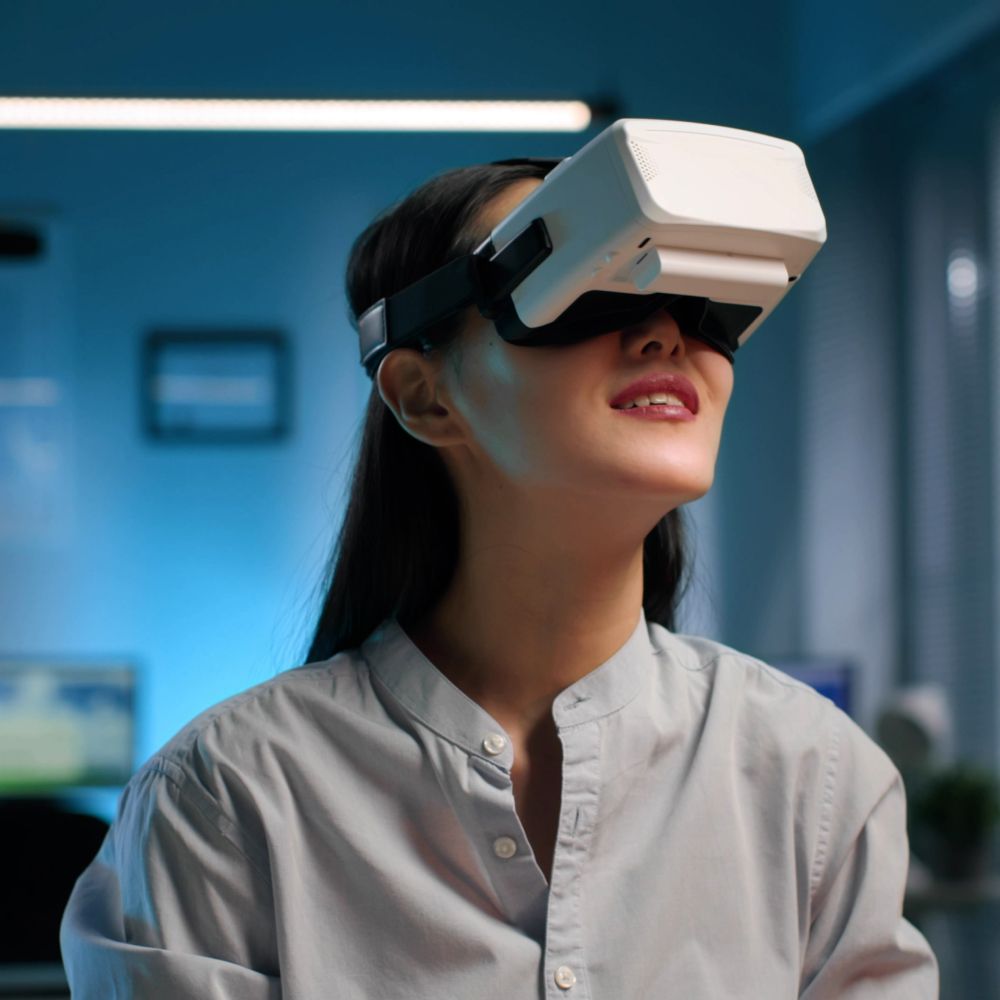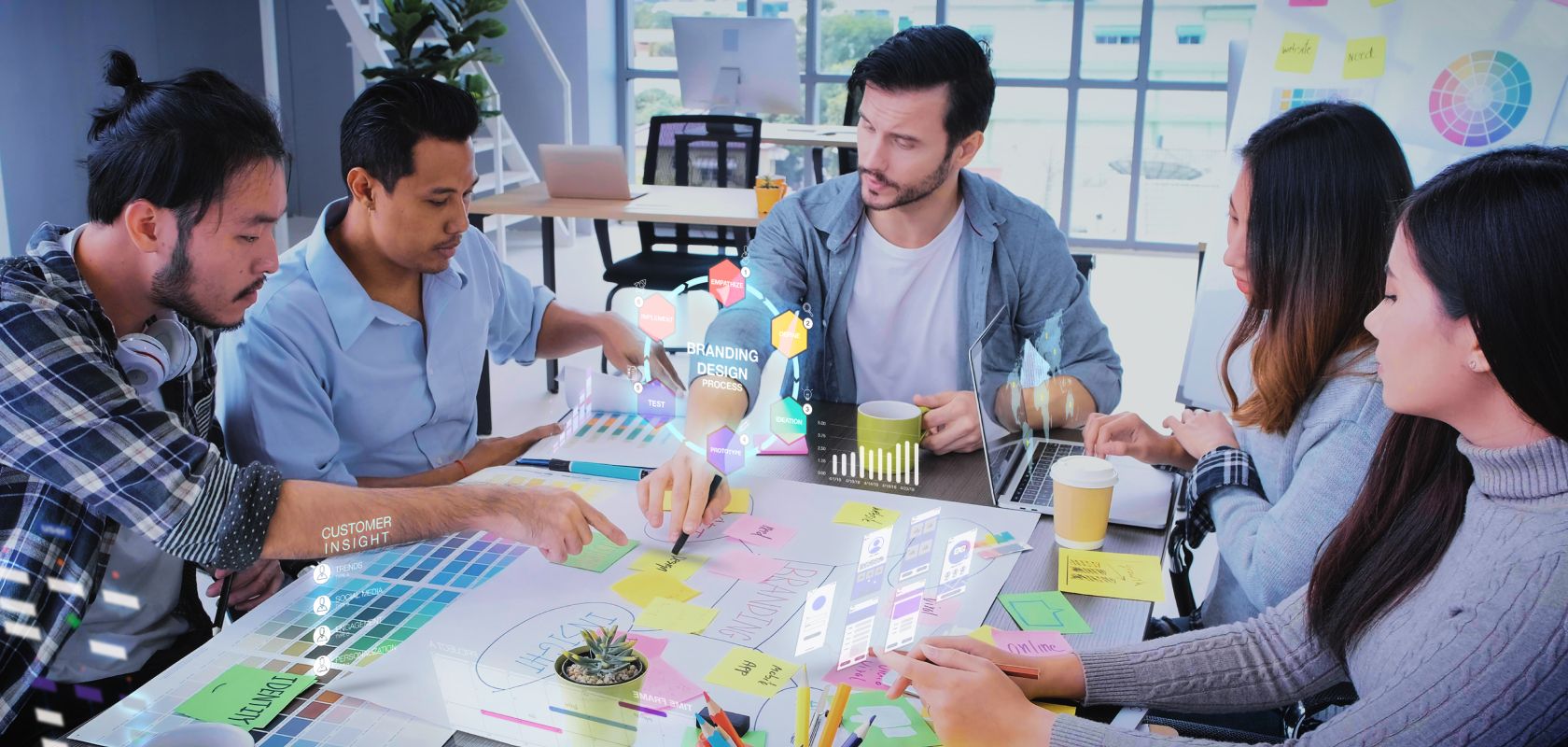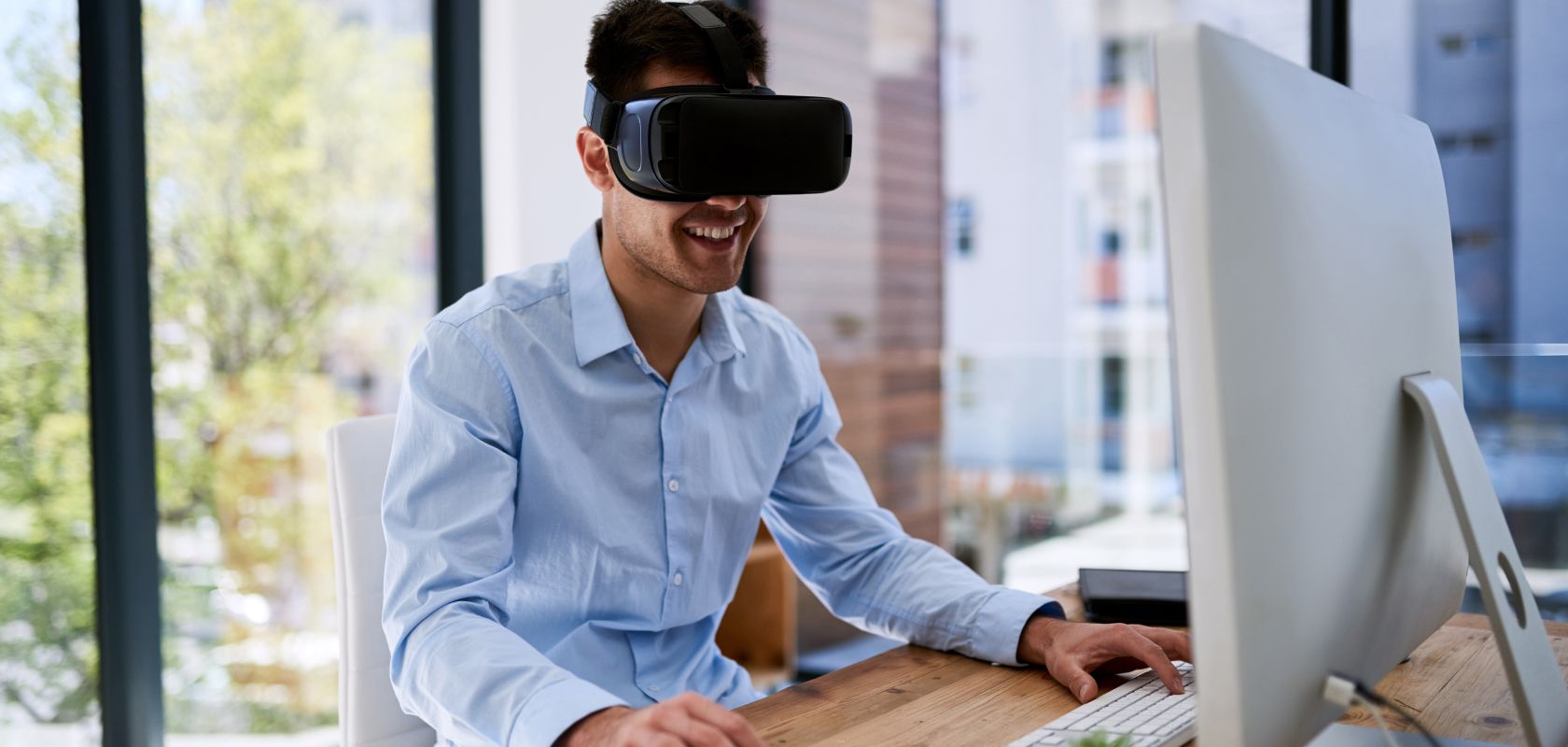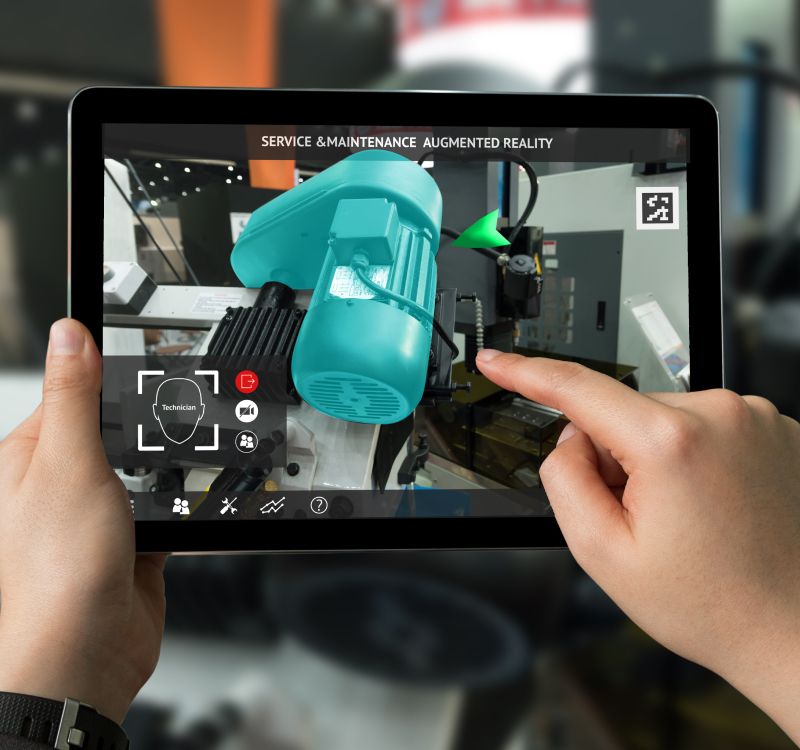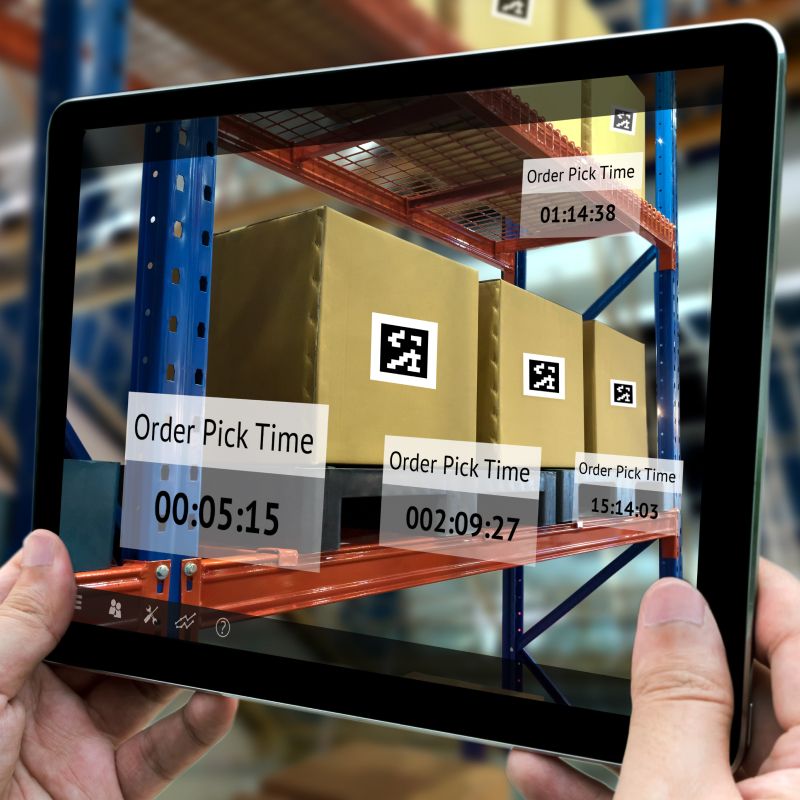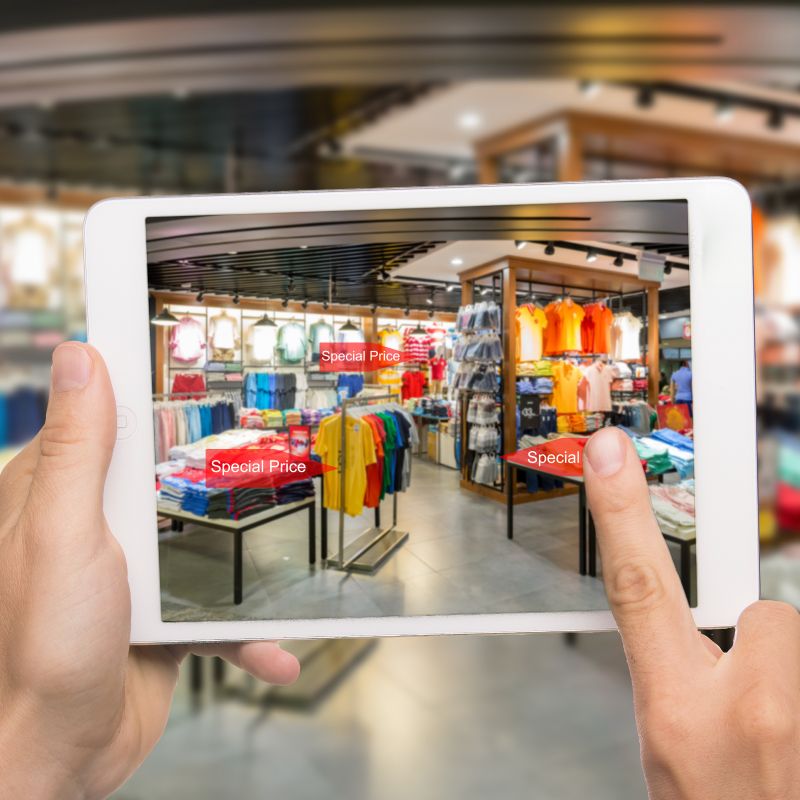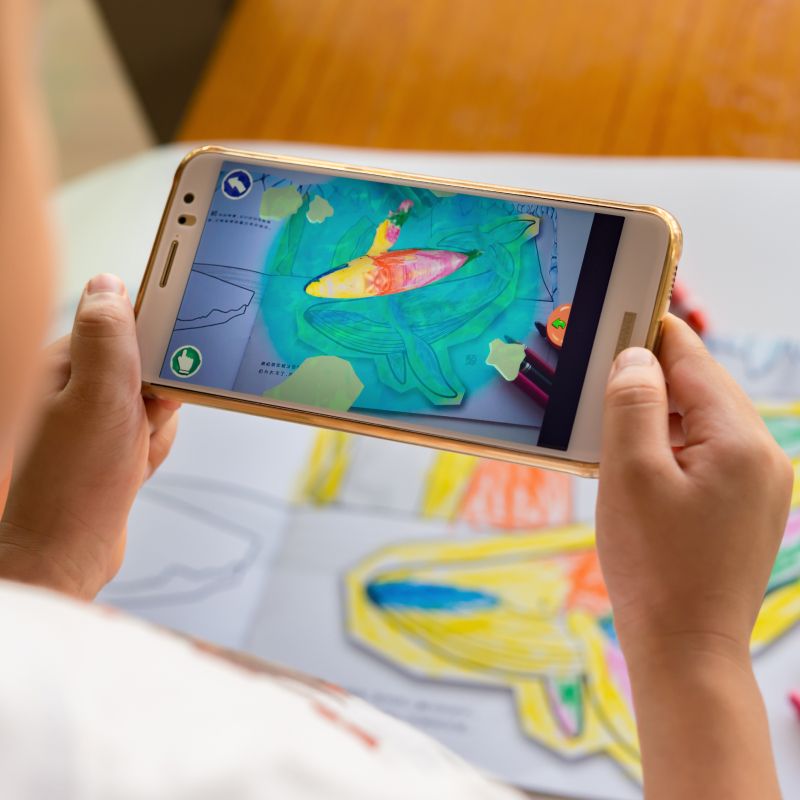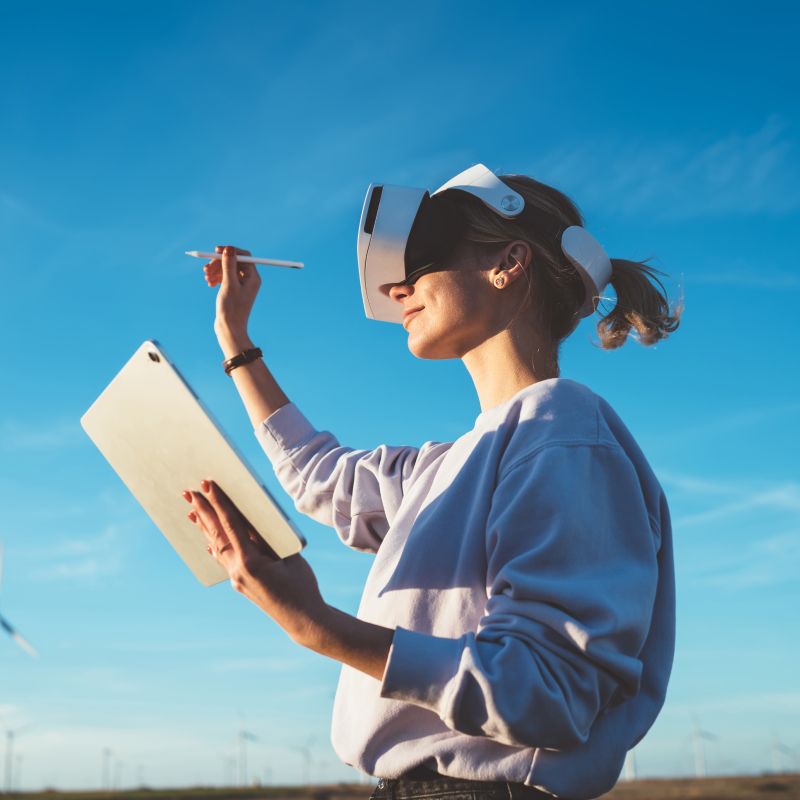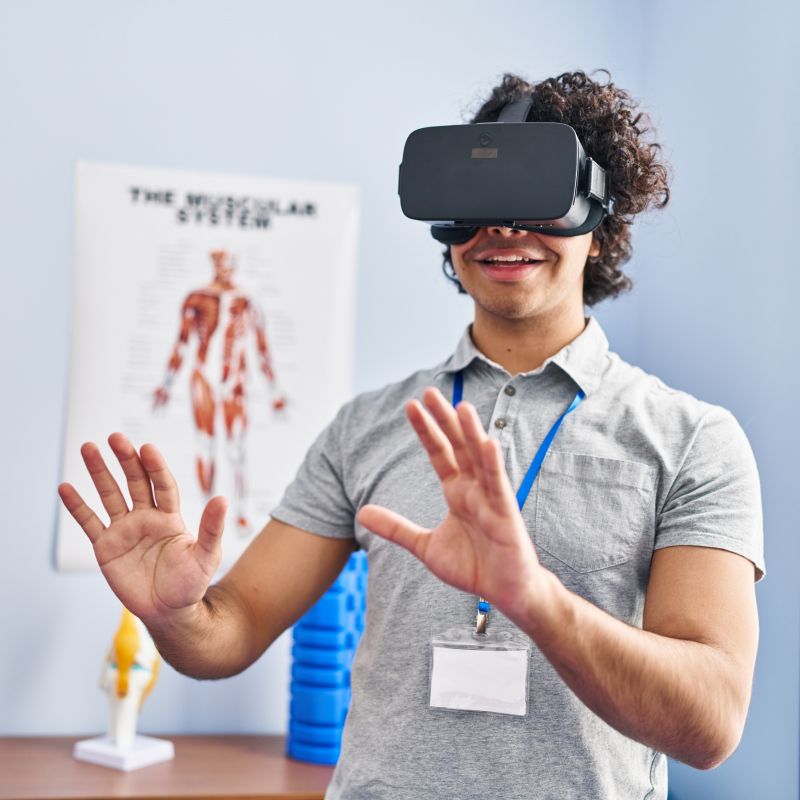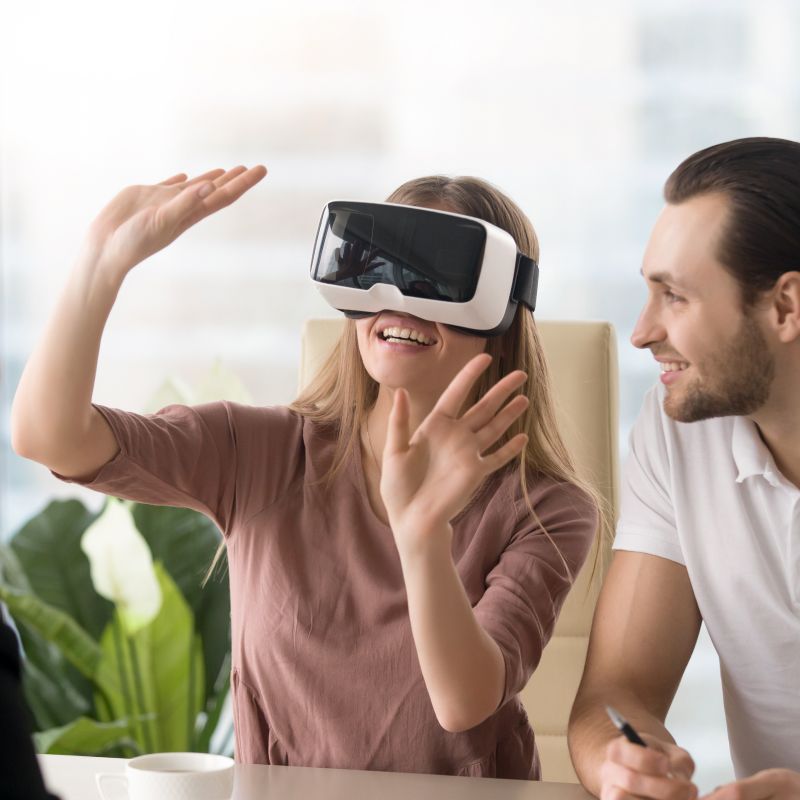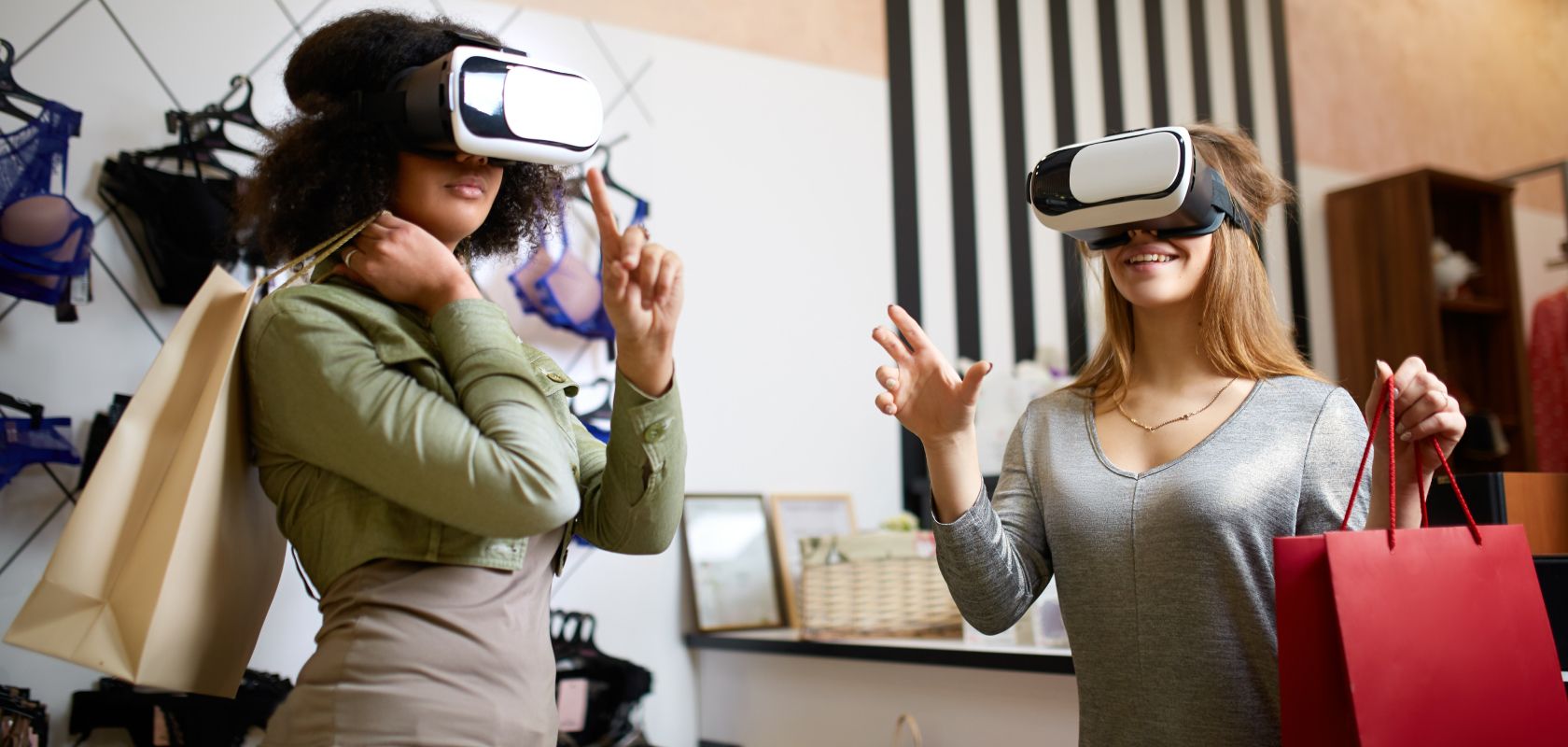Exploring The Meaning of Extended Reality in the Virtual World
Extended Reality (XR) (also known as Cross Reality) encompasses all physical and virtual environments created by computer graphics and wearables. The 'X' in XR is just a variable that can represent any letter. XR is an umbrella term for all forms of computer-altered reality, including Mixed Reality (MR), Augmented Reality (AR), and Virtual Reality (VR). Consumers and industries that use extended reality (XR) technology benefit greatly.
Augmented Reality (AR) Apps
Augmented Reality (AR) is a computer-generated multimedia overlayed on the real world that can interact with it superficially in real-time. The ability to superimpose digital items on physical objects is transforming numerous industries, including education, healthcare, and manufacturing.
Learn More About Augmented Reality
Learn MoreAugmented Reality (AR) Apps for Maintenance
AR apps for maintenance helps organizations reduce maintenance time and expensive errors, specialists travel costs, and much more. Via augmented reality, one qualified specialist can assist many maintenance engineers who are present on-site.
See Our Training & Maintenance SolutionsAugmented Reality (AR) Apps for Logistics Operations
Augmented reality is a game-changer for warehouse operations optimization. Through wearable devices, such as Vuzix and Hololens 2, processes such as order picking and inventory control, are improved. The adoption of augmented reality (AR) for logistics operations can lead to increased staff performance and efficiency, reduced errors and many more.
Augmented Reality (AR) Apps for Retail
3D and Augmented reality functionalities are one of the key demands of modern shoppers. From ecommerce to brick-and-mortar, augmented reality has tremendous potential to revolutionize how brands interact with their customers, bringing to life a true omnichannel marketing strategy. AR gives shoppers the option to visualize products in the real space before buying, thus reducing returns, increasing conversions, and creating an overall better brand experience.
3D eCommerce SolutionsSee Our Retail Experience SolutionsAugmented Reality (AR) Apps for Education
Augmented reality has become a critical tool to ensure increased students’ attention, understanding, and an overall better learning experience. Educational content displayed in AR can be a very effective tool compared to expensive learning material traditionally utilised in education and learning settings.
Learn more about XR applications for the education industryVirtual Reality (VR) Apps
The term Virtual Reality (VR) refers to all immersive experiences. These could be made using solely purely synthetic content (Computer Generated), real-world content (360 Video), or a combination of the two.
Learn More About Virtual Reality
Learn MoreVirtual Reality (VR) Apps for Training
Virtual Reality is a technology that has the potential of revolutionizing learning and development (L&D) strategies for businesses. Unique technological features like realism and immersive interactivity can disrupt traditional training methodologies and processes.
See Our Training SolutionsVirtual Reality (VR) Apps for Medical Training
Virtual reality apps can disrupt how medical training for nurses and physicians is conducted. Although the in-country regulatory framework can differ, Vection Technologies has created a team of professionals who can help you overcome any issue, with revolutionary VR solutions.
Learn more about XR applications for the healthcare & pharma industryVirtual Reality (VR) Apps for Marketing & Sales
VR experiences create a strong emotional connection between shoppers and brands. Whether showcasing products in-store or via the web, VR lets customers join a branded virtual world where they can join a truly immersive experience via VR headsets like the HTC Vive or Oculus quest 2.
Other Examples of Applications and Use Cases of VR and AR include:
- XR technologies are being used in construction and architecture through the superimposition of new buildings into an existing environment.
- 3D modeling can now be done in XR, which provides more manoeuvrability and immersion leading to an improved product development process.
- Retailers use augmented reality apps that allow shoppers to view how a space will look after it has been rebuilt or newly painted without having to lift a hammer or brush.
- Buyers can now try on eyeglasses and clothing at home using AR-enabled apps, generating crucial efficiencies in remote sales and eCommerce.
- Augmented Reality (AR) is also employed at doctor's offices. AR is taking the real world and superimposing information on top of it. According to Statista, more than a billion individuals now utilize augmented reality.
- Whether customers are looking for new shoes or a new kitchen, this technology has been integrated in their retail shopping experience.
- Mixed Reality (MR) employs wearables to deliver information to people while they are in the actual world. As the individual goes across the actual space, the real environment is supplemented with information within his field of view.
- XR technologies can also be used in teleconferencing and web conferencing. XR can replace screens and provide immersive conferencing.
Virtual reality and augmented reality are changing the fabric of businesses, from training to sales. From trying on clothes in a virtual fitting room to having a 360-degree view of an intricate piece of furniture. Retailers are creating immersive experiences in their stores, providing consumers the opportunity to try on clothes, shop, and even assemble furniture in virtual reality. The experiences are available on all major mobile platforms, allowing customers to try them at home (e.g., for furniture shopping). Shopping in VR allows you to get a feel for products without having to go into a store.
